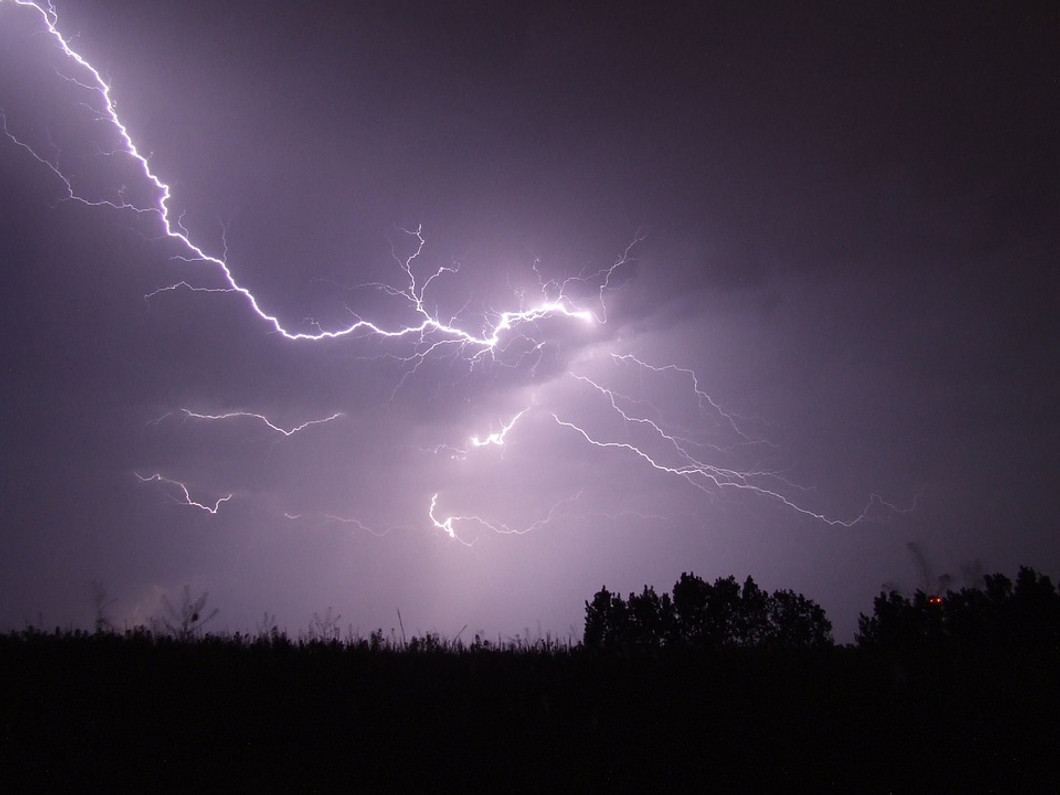It's Lightning Safety Awareness Week: Here's What You Should Know

Lightning strikes Earth about 100 times every second. Over the course of a year, that translates into about 3 billion lightning strikes. In an effort to protect against lightning-related injuries and fatalities, the National Weather Service (NWS) has designed the week of June 23 through June 29 as Lightning Safety Awareness Week. In this post, we're going to explore several tips on how to stay safe during lightning storms.
Don't Use Water
It's important to avoid using water during lightning storms. If lightning strikes and hits the water line running to your home, it may send a dangerous amount of electricity with it. Therefore, both the NWS as well as the Centers for Disease Control and Prevention (CDC) advise against the use of water during lightning storms.
Don't Use Cable-Connected Electronic Devices
In addition to water, you also shouldn't use any cable-connected electronic device. It's generally safe to use electronic devices that operate off a portable battery. If a device requires a corded connection to a wall outlet, however, you shouldn't use it until the lightning storm has passed. Lightning may strike your home's power line, sending a dangerous amount of electricity throughout into your home's electrical system. If you happen to be using a cable-connected electronic device at this time, it could result in injury or death.
Stay Away From Concrete Floors and Walls
Some people assume that concrete floors or walls offer the highest level of protection against lightning strikes. Unfortunately, this isn't necessarily true. Staying near concrete floors or walls can actually increase your risk of injury. Concrete has very poor electrical conductivity. If lightning strikes concrete, it may explode because of the material's poor conductivity.
Follow the 30-30 Rule
During a lightning storm, follow the 30-30 rule. This rule states that if the time from when you see lightning to hear thunder is 30 seconds, lightning is close and, therefore, still poses a danger. Additionally, the rule states that you should wait at least 30 minutes after lightning has ended before going back to your normal activities.
Get Indoors
Of course, the most important safety tip to follow during a lightning storm is to stay indoors. Homes offer a significantly higher level of protection than being outdoors in the open. And as long as you follow the other tips listed here, you should be safe until the storm passes.
Recent Posts
-
Fire Safety in the Workplace: What You Need to Know
What steps are you taking to prevent fires in your workplace? According to the U.S. Occupational Saf …Aug 23rd 2023 -
Is It Safe to Go Jogging With a Cold Infection?
If you're suffering from a cold infection, you might be wondering whether it's safe to go jogging. T …Aug 22nd 2023 -
5 Safety Tips to Follow When Using a Powder-Actuated Tool
Powder-actuated tools are commonly used to join materials to steel and concrete. Also known as Hilti …Aug 20th 2023




